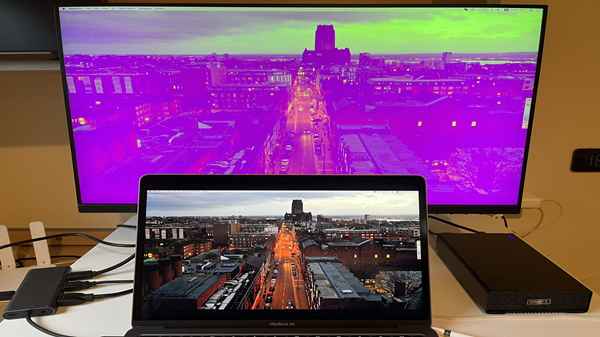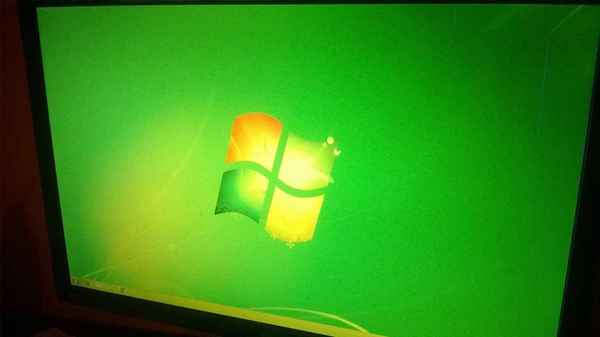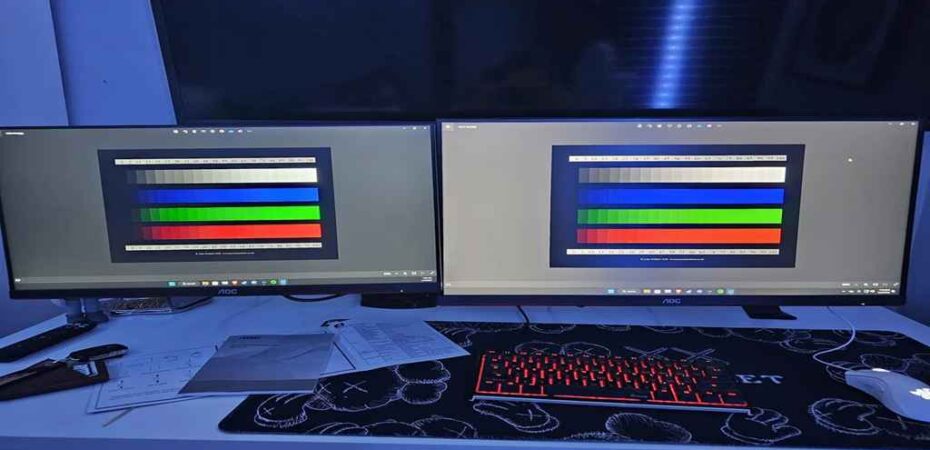Is your monitor displaying colors incorrectly? Are images appearing washed out or tinted? Monitor color problems can be frustrating, affecting your work, gaming, or simply the enjoyment of browsing the web. But fear not! In this detailed guide, we’ll delve into the various causes of monitor color issues and provide you with practical solutions to resolve them, ensuring your display delivers vibrant and accurate colors every time.
Understanding Monitor Color Problems
Before diving into troubleshooting, it’s essential to grasp the common issues that can arise with monitor colors. These problems may manifest in different ways, including:
Washed Out Colors

Washed-out colors occur when the display lacks depth and vibrancy, resulting in a dull and faded appearance. This issue can make images and videos look flat and uninspiring.
Color Tint
A color tint refers to an unwanted hue dominating the entire screen or specific areas. It could manifest as a blue tint, yellow tint, or any other color that distorts the natural appearance of images.
Color Inconsistency
Inconsistent colors across different areas of the screen indicate calibration issues. You might notice variations in brightness, saturation, or hue, making it challenging to achieve color accuracy.
Pixelation and Artifacts
Pixelation and artifacts disrupt the smoothness of images, causing distortion and visual noise. These issues can stem from improper scaling, outdated drivers, or hardware limitations.
Now that we’ve identified the various manifestations of monitor color problems, let’s delve into the steps to resolve them effectively.
Troubleshooting Monitor Color Issues

1. Check Cable Connections
Loose or damaged cable connections can lead to display issues, including color problems. Ensure that your monitor’s cables, such as HDMI, DisplayPort, or VGA, are securely plugged into both the monitor and the computer’s graphics card.
2. Adjust Color Settings
Most monitors offer built-in color settings that allow users to adjust parameters such as brightness, contrast, saturation, and color temperature. Experiment with these settings to find the optimal configuration for your viewing preferences.
3. Update Graphics Drivers
Outdated or corrupted graphics drivers can cause a myriad of display problems, including color issues. Visit the website of your graphics card manufacturer (e.g., NVIDIA, AMD, Intel) and download the latest drivers for your specific model.
4. Calibrate Your Monitor
Calibrating your monitor ensures accurate color reproduction by adjusting settings such as gamma, white balance, and color profiles. You can use built-in calibration tools or third-party software for more precise adjustments.
5. Remove Interference
Electromagnetic interference from nearby electronic devices can disrupt the display’s color accuracy. Keep devices such as speakers, routers, and mobile phones away from your monitor to minimize interference.
6. Reset Display Settings
If you’ve made extensive changes to your monitor’s settings and are unsure how to revert them, consider performing a factory reset. This will restore the display to its default configuration, eliminating any unintended alterations.
7. Test with Different Cables
Sometimes, faulty cables can be the culprit behind monitor color problems. Try using alternative cables to rule out any issues with the current ones.
8. Update Firmware
In addition to graphics drivers, monitor firmware updates can address compatibility issues and improve overall performance. Check the manufacturer’s website for firmware updates and follow the instructions for installation.
9. Consider Environmental Factors
Environmental factors such as ambient lighting and room temperature can influence how colors appear on your monitor. Adjusting these variables can help mitigate color discrepancies and enhance your viewing experience.
10. Consult Professional Support
If you’ve exhausted all troubleshooting options and are still experiencing persistent color problems, it may be time to seek assistance from a professional technician or the manufacturer’s customer support team.
Conclusion
Resolving monitor color problems requires a systematic approach, from checking cable connections to calibrating your display and updating drivers. By following the steps outlined in this guide, you can troubleshoot and address common color issues, ensuring that your monitor delivers accurate and vibrant colors for all your computing needs.
Remember, a well-calibrated monitor not only enhances visual aesthetics but also contributes to a more enjoyable and productive user experience.
So, next time you encounter monitor color problems, don’t fret—empower yourself with the knowledge and tools to resolve them effectively!
Read Also
- GTA 6: Fans Speculate Reasons Behind the Ankle Monitor on Lucia
- 6 Top-Rated Backlink Monitoring Tools to Boost Your SEO
- Do Credit Monitoring Services Protect You From Fraud?
- XNSPY Monitoring App Review
- 5 Best-Performing Cryptocurrencies of All Time
- KBH Games Unblocked: Everything You Need to Know
- How to Test if 1.5v Batteries are Still Good
- Tjmaxx Credit Card Login, Register, and Bill Payment – Ultimate Guide

